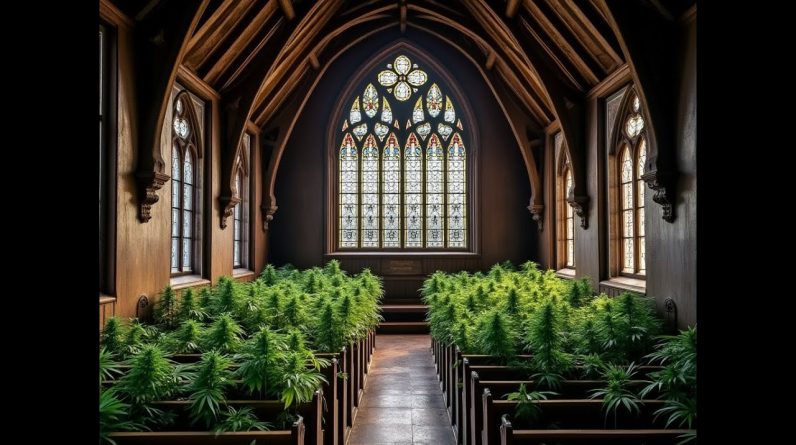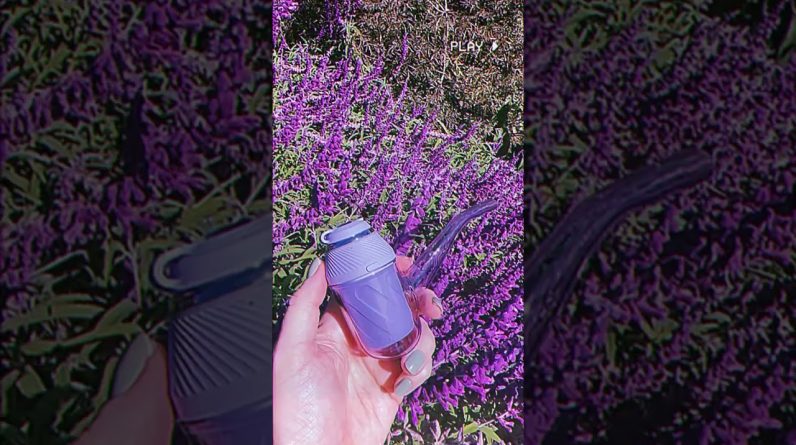A brand new examine funded by a prime federal drug company has discovered that state-level marijuana legalization just isn’t related to elevated youth hashish use.
The analysis article, revealed within the American Journal of Preventive Medication this month, checked out knowledge from three longitudinal research on past-year hashish consumption and frequency of use amongst adolescents from 1999 to 2020 in Oregon, New York and Washington State.
Washington voters legalized marijuana in 2012, adopted by these in Oregon in 2014. New York moved to enact legalization final 12 months, however retail shops haven’t opened but, with regulators saying that can probably begin taking place earlier than the top of this 12 months.
With marijuana legalization on the poll in 5 states throughout the U.S. this month, opponents have repeatedly made the argument that the reform would lead extra underage individuals to make use of hashish, regardless of quite a few research contradicting that time.
Now one other examine has equally debunked the argument, with researchers on the College of Washington, Colorado State College and Oregon Social Studying Middle discovering that the “change in legalization standing throughout adolescence was not considerably associated to within-person change within the likelihood or frequency of self-reported past-year hashish use.”
The examine, which acquired funding from the Nationwide Institute on Drug Abuse (NIDA), confirmed that “youth who spent extra of their adolescence underneath legalization have been no kind of prone to have used hashish at age 15 years than adolescents who spent little or no time underneath legalization.”
NIDA-funded analysis in @AmJPrevMed: Results of Hashish Legalization on Adolescent Hashish Use Throughout 3 Research https://t.co/UpYSFOD7nV
— NIDAnews (@NIDAnews) November 17, 2022
“Taken along with earlier research, these findings add weight to the conclusion that adolescent hashish use is holding regular within the wake of legalization, no less than within the years comparatively proximate to the coverage change,” the analysis article says. “This analyses broaden on earlier findings by particularly parsing variance in adolescent hashish use owing to age, intercourse, start cohort (i.e., population-level tendencies in use), and legalization.”
“Findings usually are not in step with modifications within the prevalence or frequency of adolescent hashish use after legalization.”
This builds on an already sizable physique of scientific literature that’s equally decided that creating regulated hashish markets for adults both has a impartial impact on underage use, or is even related to declines within the conduct.
For instance, one other federally funded examine from Michigan State College researchers that was revealed within the journal PLOS One this summer season discovered that “hashish retail gross sales may be adopted by the elevated prevalence of hashish onsets for older adults” in authorized states, “however not for underage individuals who can not purchase hashish merchandise in a retail outlet.”
In the meantime, adolescent marijuana use in Colorado declined considerably in 2021, in line with the newest model of a biennial state survey launched in June.
“Once we do take a look at our examine together with the opposite research which have requested comparable questions, the sample of outcomes thus far is encouraging,” College of Washington’s Jennifer Bailey, writer of the brand new NIDA-funded examine, informed Marijuana Second. “That’s, most research usually are not displaying will increase in teen hashish use following legalization of hashish for adults.”
She cautioned, nevertheless, that “we have to hold monitoring teen hashish use within the wake of legalization.”
“Though issues look encouraging now, as we notice in our paper, alcohol use elevated slowly over 40 years after the top of alcohol prohibition,” she stated. “So, it might take extra time for us to see any results of legalization on teen hashish use. Hopefully, tendencies will proceed as they’re going now.”
Advocates have lengthy argued that offering regulated entry to marijuana at shops the place there are necessities to verify ID, for instance, would mitigate the chance of adolescent consumption.
A current examine out of California discovered that “there was 100% compliance with the ID coverage to maintain underage patrons from buying marijuana instantly from licensed retailers.”
The Coalition for Hashish Coverage, Training, and Regulation (CPEAR), an alcohol and tobacco industry-backed marijuana coverage group, additionally launched a report this 12 months analyzing knowledge on youth marijuana use charges amid the state-level legalization motion.
One of the vital current federally funded surveys on the subject pressured that youth marijuana use “decreased considerably” in 2021, as did teen consumption of illicit substances general.
The 2020 federally funded Monitoring the Future survey additional discovered that hashish consumption amongst adolescents “didn’t considerably change in any of the three grades for lifetime use, previous 12-month use, previous 30-day use, and day by day use from 2019-2020.”
One other federally funded examine, the Nationwide Survey on Drug Use and Well being (NSDUH), was launched in October displaying that youth marijuana use dropped in 2020 amid the coronavirus pandemic and as extra states moved to enact legalization.
Additional, an evaluation revealed by the Journal of the American Medical Affiliation final 12 months discovered that enacting legalization has an general influence on adolescent hashish consumption that’s “statistically indistinguishable from zero.”
The U.S. Division of Training’s Nationwide Middle for Training Statistics additionally analyzed youth surveys of highschool college students from 2009 to 2019 and concluded that there’s been “no measurable distinction” within the proportion of these in grades 9-12 who reported consuming hashish no less than as soon as up to now 30 days.
In a separate, earlier evaluation, the Facilities for Illness Management and Prevention discovered that marijuana consumption amongst highschool college students declined throughout the peak years of state-legal leisure hashish legalization.
There was “no change” within the price of present hashish use amongst highschool college students from 2009-2019, the survey discovered. When analyzed utilizing a quadratic change mannequin, nevertheless, lifetime marijuana consumption decreased throughout that interval.
One other examine launched by Colorado officers in 2020 confirmed that youth hashish consumption within the state “has not considerably modified since legalization” in 2012, although strategies of consumption are diversifying.
An official with the White Home Workplace of Nationwide Drug Management Coverage’s Nationwide Marijuana Initiative went even additional in 2020, admitting that, for causes which are unclear, youth consumption of hashish “goes down” in Colorado and different legalized states and that it’s “an excellent factor” even when “we don’t perceive why.”
Feds Launch Up to date Marijuana Banking Data, Together with New State-Stage Breakdown, As Congress Considers Reform
The publish Federally Funded Examine Reveals Marijuana Legalization Is Not Related With Elevated Teen Use appeared first on Marijuana Second.





